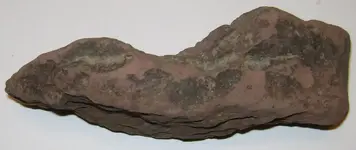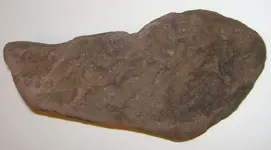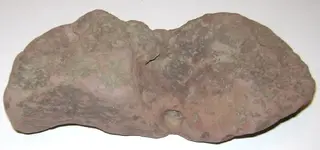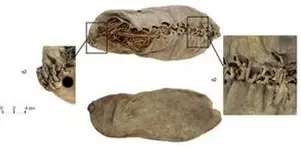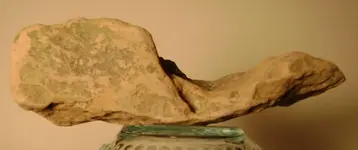martinr78
Tenderfoot
- Joined
- Mar 21, 2018
- Messages
- 9
- Reaction score
- 15
- Golden Thread
- 0
- Location
- Hartsville, PA
- Primary Interest:
- All Treasure Hunting
- #1
Thread Owner
From my farmstead in Hartsville PA, located near Neshaminy and Little Neshaminy Creeks, site of ancient Indian camping grounds, I found what looks to me to be a Native American sandaled foot cast fossil. It looks similar to the photos from several years ago of the 5000 year old leather shoe discovered in Armenia. Funny enough, that shoe measures 18 cm in length, as does my 'rock'. Anyone know where I can get this dated? I'd bet that it's 15000 years old, the same time that New York was under a mile of glacier (60 miles away).



